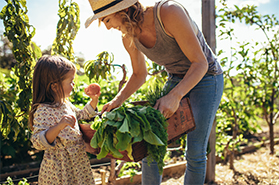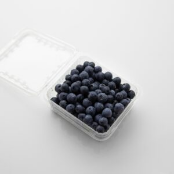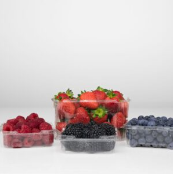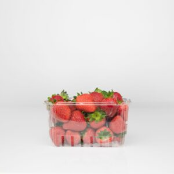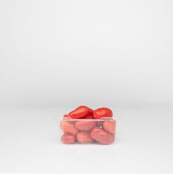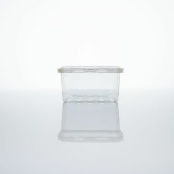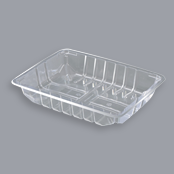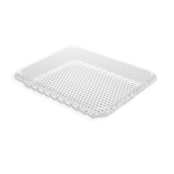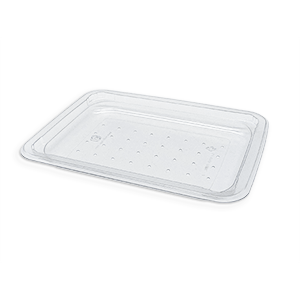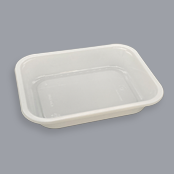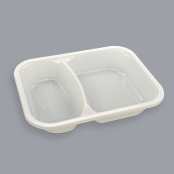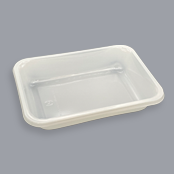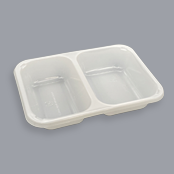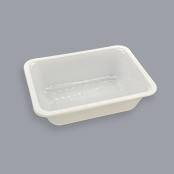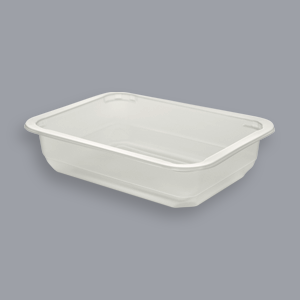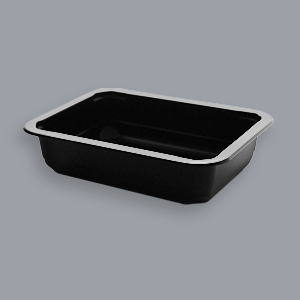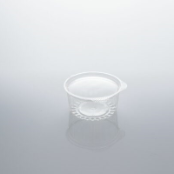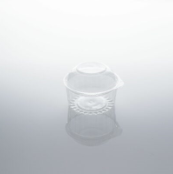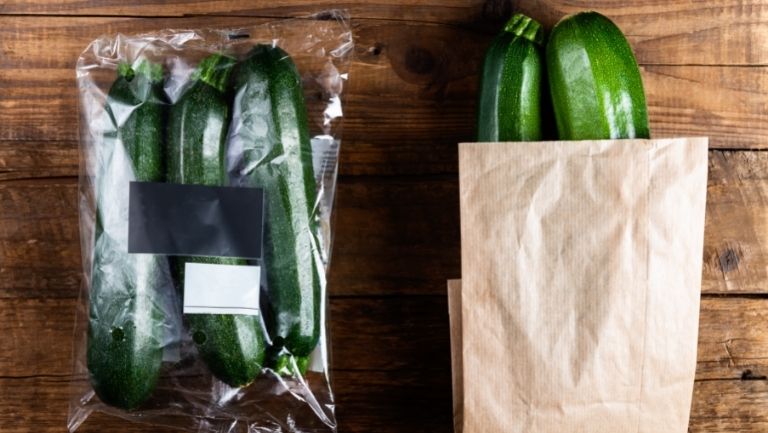
Paper vs Plastic Debate: Which Material Is Better for Food Packaging? (part 1)
Paper vs plastic: which is the better choice for your food business? This is a subject that comes up very often here at Multisteps. At first glance, many assume the answer will always be paper; after all, it’s a natural resource used for much of human history. On the other hand, the proliferation of plastics in the consumer goods industry started after WW2, but only really took hold well into the 70s. Plastic equipped our world with the ability to create versatile, malleable and durable goods like never before, offering exciting consumer market possibilities. between 1976 and 2019 global plastic production skyrocketed from 50 million tons to 368 million tons; but at an alarming cost to the environment, with researchers estimating that 8+ billion metric tons have produced, 6+ billion metric tons of which have become plastic waste that takes hundreds of years to break down; furthermore, a significant amount of this is littered, ending up in our soils and waterways.
With that in mind, it sounds like paper is a “no-brainer”, but the answer is more complex than one might think. Recycled plastics form an unexpected contender for a greener choice.
Closing the loop on a circular economy
First, let’s start with a bit of context. Many Aussies assume that when they throw their PET bottles in the recycle bin, they’ve done the right thing, and there’s a happy ending to that bottle’s story: it will be used again by industry, recycled into an item of value. However, recyclable does not mean recycled, and if anything this “wishcycling” can lead to people confidently using more recyclable plastics than they would have otherwise. However, with China introducing heavy restrictions on plastics imports in 2017, Australia is now faced with dealing with its own plastics problem, and widespread news coverage means the Australian public is increasingly aware that the plastics economy remains far from circular.
Some alarming stats: 2.5 million tonnes of plastic waste is generated in Australia annually, of which 84% is sent to landfill. Unlike some other forms of waste generated in Australia, the largest contributor to plastic waste is households. Approximately 40% of that waste is plastic packaging, and to drill down even further, the food and beverage industry is the main end-user of plastic packaging; in other words, the main plastic waste culprit in Australia is food & beverage packaging. This means that the decisions food businesses make matter, a lot. In 2018/2019, only 18% of Australia’s plastic packaging was recycled or composted. Australia simply lacks the market for recycled plastic, and much of our virgin plastic ends up in landfill; but with the recent launch of the National Plastics Plan, we can expect to see significant change in this area, with two important 2025 National Targets:
- 70% of Australia’s plastic packaging to be recycled or composted
- 20% average recycled content within packaging
While companies using plastic packaging have been relatively slow on the uptake to demand recycled plastic content, government policy is set to revolutionise this sector in the coming years. As the expression goes, there is a ton (or, in fact, millions of tons) of virgin plastic produced every year, and these changes will keep these resources in the economy for longer, diverting them from landfill for as long as possible and reducing the need to produce virgin plastic.
But isn’t paper “greener”?
This is where things get even more complicated. In practice, recycled plastic is a more eco-friendly choice than paper, even where that paper is recycled. Currently, the environmental cost of manufacturing paper packaging and recycling it is higher than doing the same with plastic.
Let’s take plastic bags as an example. You may wonder why now that single-use plastic bags are banned, we haven’t seen the major supermarkets return to plastic packaging; but in practice, there’s quite a few good reasons.
In particular, the manufacturing costs of producing a paper bag are high. Compared to a plastic bag, producing a paper bag:
- Requires 4x more water
- Produces 3.1x more greenhouse gasses
- Creates 50x more water pollution
- Contributes to deforestation – paper is made from trees that could otherwise be absorbing carbon dioxide.
- Consumes almost double the energy
- Uses four times as many materials.
(Want to know more? You’ll find more info on the plastic vs paper bag environmental cost comparison in the sources at the end of this article.)
Of course, this cost-benefit analysis doesn’t consider that plastic stays in the environment for hundreds of years; but remember, we’re not comparing manufacturing a bag out of paper or “virgin plastic”, we’re comparing paper vs plastic that already exists in the environment (sunken cost), which will end up in landfill otherwise (opportunity cost).
The next “green” point is biodegradability, followed by two other important criteria from the perspective of a food business (after all, your reputation is staked on what gets delivered to your customer)! You’ll read more about that in plastic vs paper part 2: biodegradability, usability and quality.
Multisteps: leading the way
Here at Multisteps, we’ve been committed to sustainable plastics for decades, offering food businesses the choice to do better. As we’ve seen, there’s a serious environmental price to pay for virgin plastics, and that cost can be minimised by getting the most out of the plastics Australia produces.
Multisteps’ products have the ability to offer packaging with up to 100% recycled content – an achievement that we’re very proud of. With significant investments in R&D, we lead the way and set industry benchmarks for sustainability and quality alike, and we’re proud to produce premium plastic packaging that will help food businesses not only achieve but far outstrip recycled content targets.
By choosing recycled plastics for your packaging needs, you’re helping to bolster the recycled plastics market, and diverting a harmful material away from landfill in the process; you’re also doing so with less environmental impact. And with nine in 10 Australian consumers being more likely to purchase ethical and sustainable products, now is the time to establish your brand at the forefront of the recycled plastic boom.
Let’s leave paper packaging to the history books: recycled plastics are still the best choice for quality and carbon footprint alike, and Multisteps have the expertise to help your food business deliver far more than the national targets: a commitment to sustainability that you and your customers will both be proud of.
Learn more in Plastics vs Paper: Part 2!
Sources:
http://www.niassembly.gov.uk/globalassets/documents/raise/publications/2011/environment/3611.pdf
https://www.interplas.com/product_images/Tools/How-Green-Is-That-Grocery-Bag-Ban.pdf



